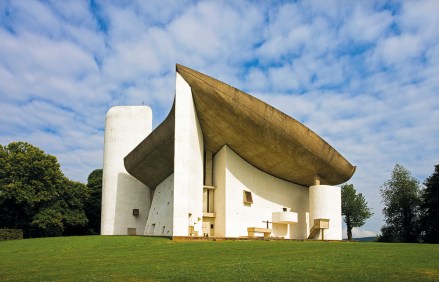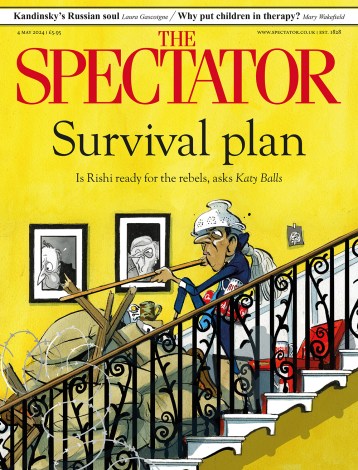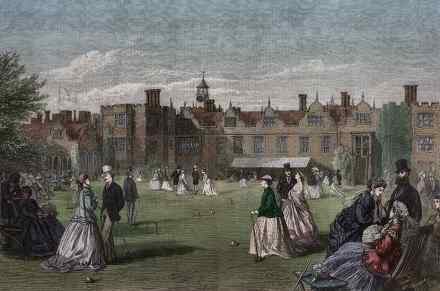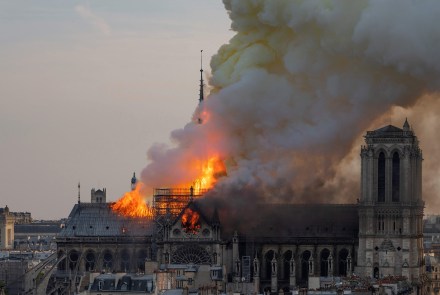Architecture for all occasions
Architecture is a public art, but public intellectuals tend to engage with more abstract stuff. The style-wars ructions excited by our new King nearly 40 years ago have been settled by gravity, but intelligent discussion about what makes a great building is still a rarity, especially in the Ministry of Levelling Up, where there is muddle. On the one hand, ‘generic’ is anathematised; on the other, ‘design codes’ and building regulations which stifle the original thinking necessary to good design are encouraged. Perhaps the Ministry should put in a therapeutic bulk order for Hugh Pearman’s About Architecture. ‘If these be the times, then this must be the man,’ as Andrew




